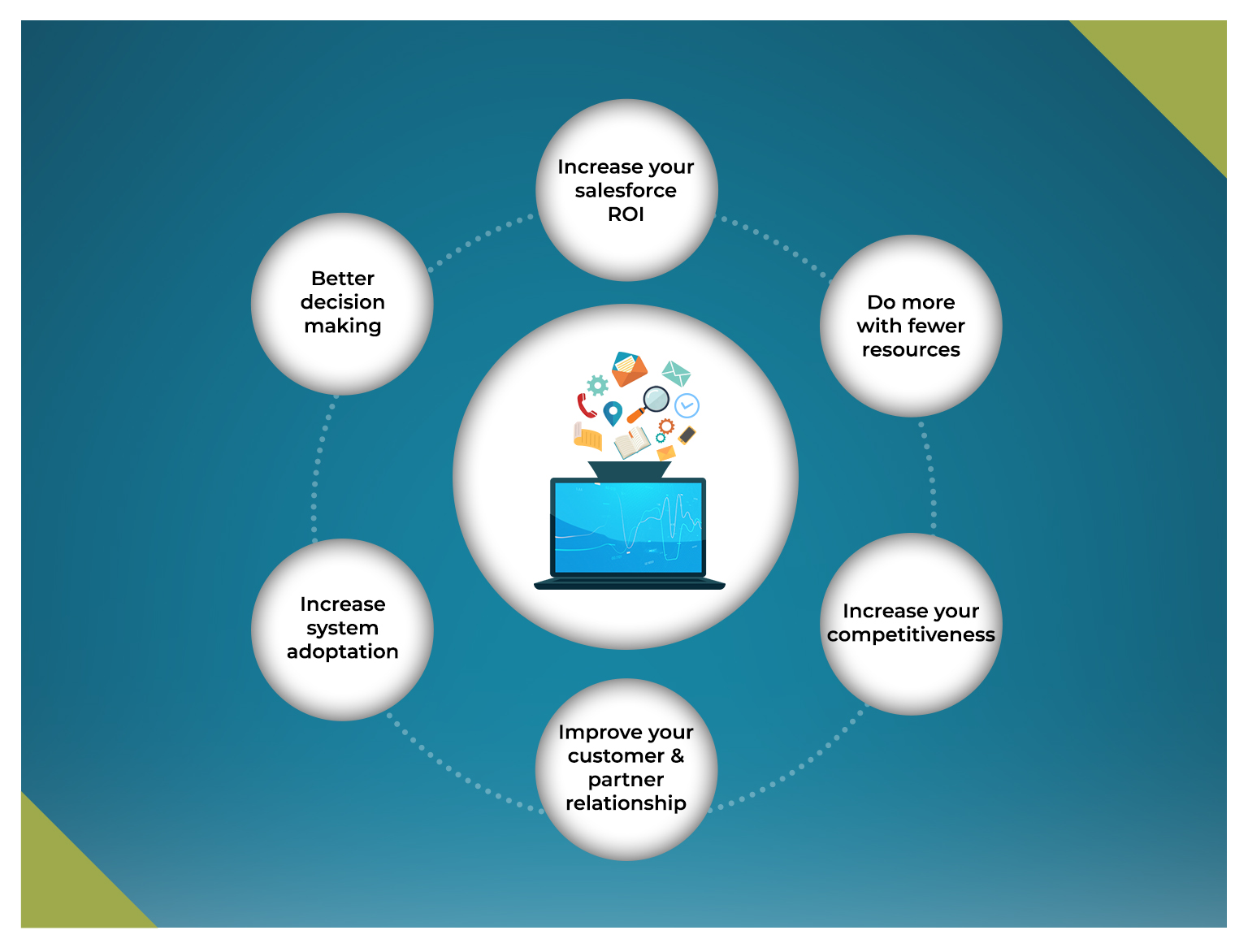Advantages of Integration

Integration refers to the process of combining different systems, applications, or technologies to work together seamlessly and share data and functionality. Integrating systems offers several advantages for organizations, including:
Streamlined Workflows: Integration eliminates manual data entry and redundant tasks by automating processes and allowing systems to exchange information seamlessly. This streamlines workflows, reduces errors, and improves overall efficiency.
Improved Data Accuracy: Integrated systems ensure that data is entered once and shared across multiple systems in real-time, reducing the risk of data duplication, inconsistencies, and errors. This improves data accuracy and integrity, leading to better decision-making.
Enhanced Productivity: Integration eliminates the need for employees to switch between multiple systems and manually transfer data, allowing them to focus on more value-added tasks. This improves productivity and enables employees to accomplish more in less time.
Better Decision-Making: Integrated systems provide access to real-time, accurate data from multiple sources, enabling organizations to make informed decisions quickly. By centralizing data and presenting it in a unified view, integration facilitates better analysis and decision-making.
Improved Customer Experience: Integration allows organizations to provide a seamless and consistent experience for customers across different channels and touchpoints. By sharing customer data and interactions between systems, organizations can deliver personalized and responsive service that meets customer expectations.
Cost Savings: Integration reduces the need for manual intervention, data entry, and maintenance of multiple systems, resulting in cost savings for organizations. By streamlining processes and improving efficiency, integration helps organizations optimize their resources and reduce operational expenses.
Scalability and Flexibility: Integrated systems are scalable and adaptable to changing business needs and growth. Organizations can easily add new functionalities, modules, or third-party applications to their integrated ecosystem without significant disruption, allowing them to scale their operations efficiently.
Competitive Advantage: Integration enables organizations to respond quickly to market changes, customer demands, and competitive pressures. By leveraging integrated systems to innovate, automate processes, and deliver value-added services, organizations can gain a competitive edge in their industry.
Compliance and Risk Management: Integrated systems help organizations maintain compliance with regulatory requirements and mitigate risks associated with data security, privacy, and governance. By centralizing data and enforcing consistent policies and controls, integration supports compliance efforts and reduces the risk of non-compliance.
Overall, integration offers numerous advantages for organizations, including streamlined workflows, improved data accuracy, enhanced productivity, better decision-making, cost savings, improved customer experience, scalability, flexibility, competitive advantage, and compliance. By connecting systems and leveraging data effectively, organizations can unlock new opportunities, drive innovation, and achieve their business objectives more effectively.
Thank you,